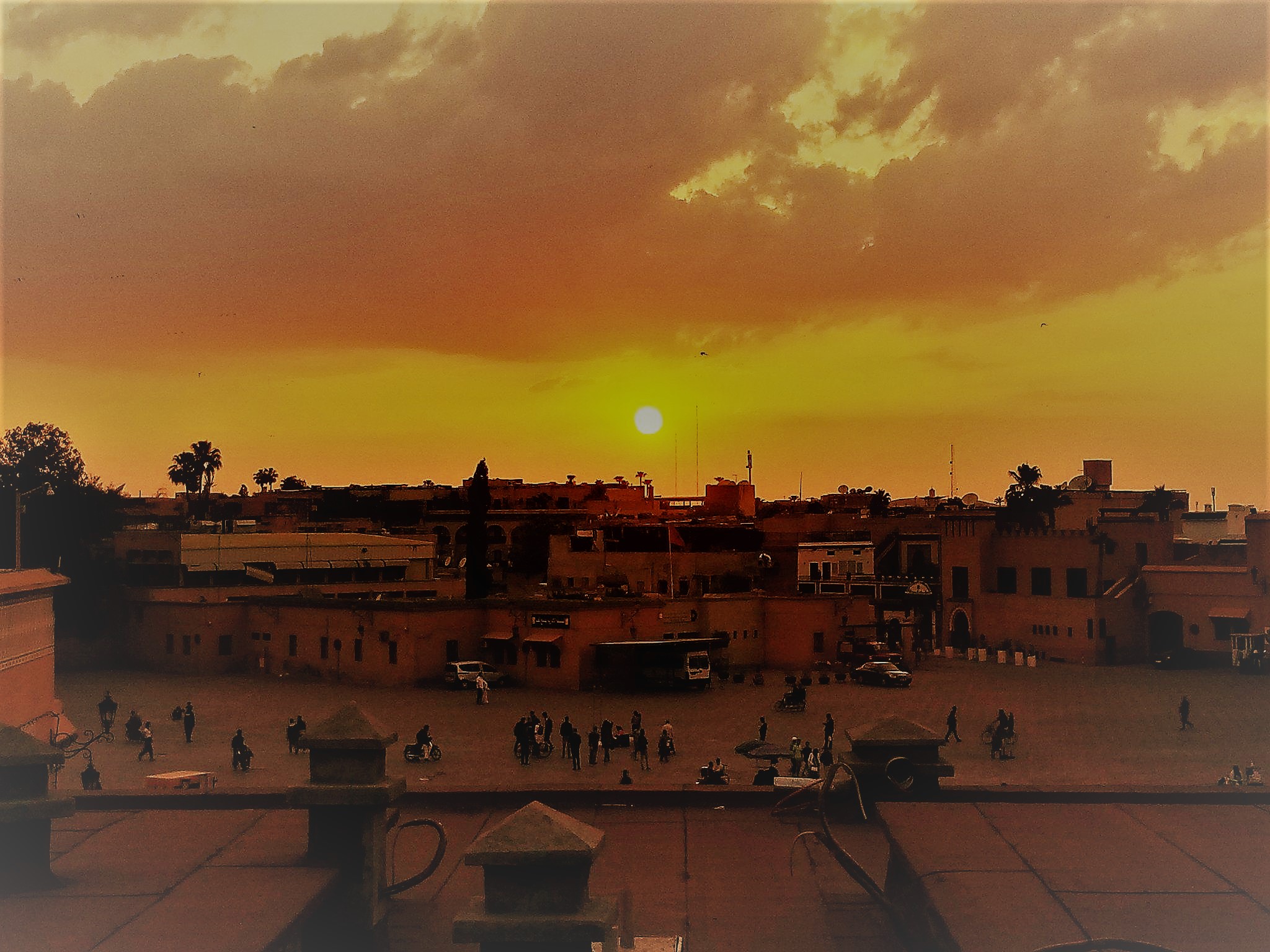
By Daud Shad
[divider]
One of the weirdest parts of traveling is the walk across the jetway. It signals the end or beginning of a journey and the arrival to or depart from familiarity. Returning to JFK from Casablanca was no exception.
Just moments ago I was soaring above the clouds, staring at the Atlantic, bounded only by the different shade of blue above the horizon. For me, the flight itself is always a blur. Hours fly by as I alternate staring at the little big things outside the window and the screen in front of me playing a movie that really just serves to drown out the engine and cabin noises. I doze off sporadically as we time zone travel and the airplane food settles. It catches me by surprise when the pilot announces our descent and only then do I realize that another journey has been left behind. As I walked across the jetway at JFK, I thought about Morocco an ocean away and the marvel of flight that safely returned me home.
Though I was only in Morocco for two weeks — a week in Salé/Rabat and a week in Marrakech — I felt like I had been there for months. This was due to the fondness I felt for much of the country, even if the frequent language barrier made communication difficult. The places we were fortunate to stay in were both in the respective medinas of Salé and Marrakech (in the latter, also adjacent to the huge central square, Jemaa el-Fnaa). By living in these medinas, we got to explore ancient walled cities filled with bustling open-air markets and labyrinthine passageways.
There were aspects of living in the medina that I missed upon returning home. In suburban New Jersey, the atmosphere is less conducive to closeness. This closeness involves everything from the physical proximity of people and their homes to having fresh produce stands, schools, and stores within a convenient walking distance. Rooftop terraces where families and friends can go to eat, hang out, and sleep often overlook much of the medina and foster a sense of community. More than porches or balconies, these features allow for neighbors to greet each other, whether on an adjacent terrace or walking on the streets below. Another element of closeness is the azan, which everyone hears five times a day and thus sets a common rhythm. The azans in the air and minarets in the sky evoke a sense of spirituality that is comforting.
At home, I find an abundance of trees whose heights exceed those of the thin palm trees scattered around the medinas and parks that strangers gather under for shade. Nature here brings people together and apart, as lawns isolate houses and thick greenery conceals them. The rooftop terraces, street vendors, and tangible history in every step are part of daily life for the thousands of people who inhabit the medinas, their community. Though everyone has a different lifestyle, there are certain aspects of a place that influence the way everyone lives. I guess there are elements of chaos and regularity to varying degrees everywhere, as well as ways in which life can be improved — whether by more diversity and opportunity or less materialism and apathy.
Morocco inspired me in many ways and it’s a place I’ll cherish for the memories and friends made there. Going down in an airplane only to come back up, I think of the many places where a lifetime could happily pass by. The jetway led me back to the place I know best and, for now, all else trickles up and away.
[hr]
Daud is a rising sophomore in Berkeley College. You can contact him at daud.shad@yale.edu.